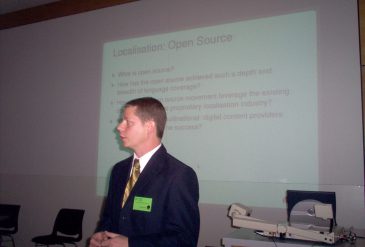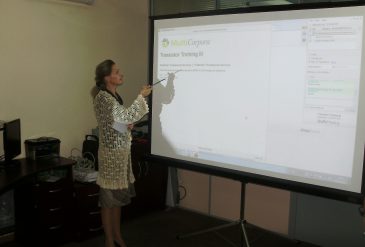March 15, 2019
People are not getting wealthier by working 24/7; there are doing it by investing in something that makes income 24/7. Something that is going to increase your revenue even when you are sleeping. The Goldfish of the 21st millennium is Read more…




